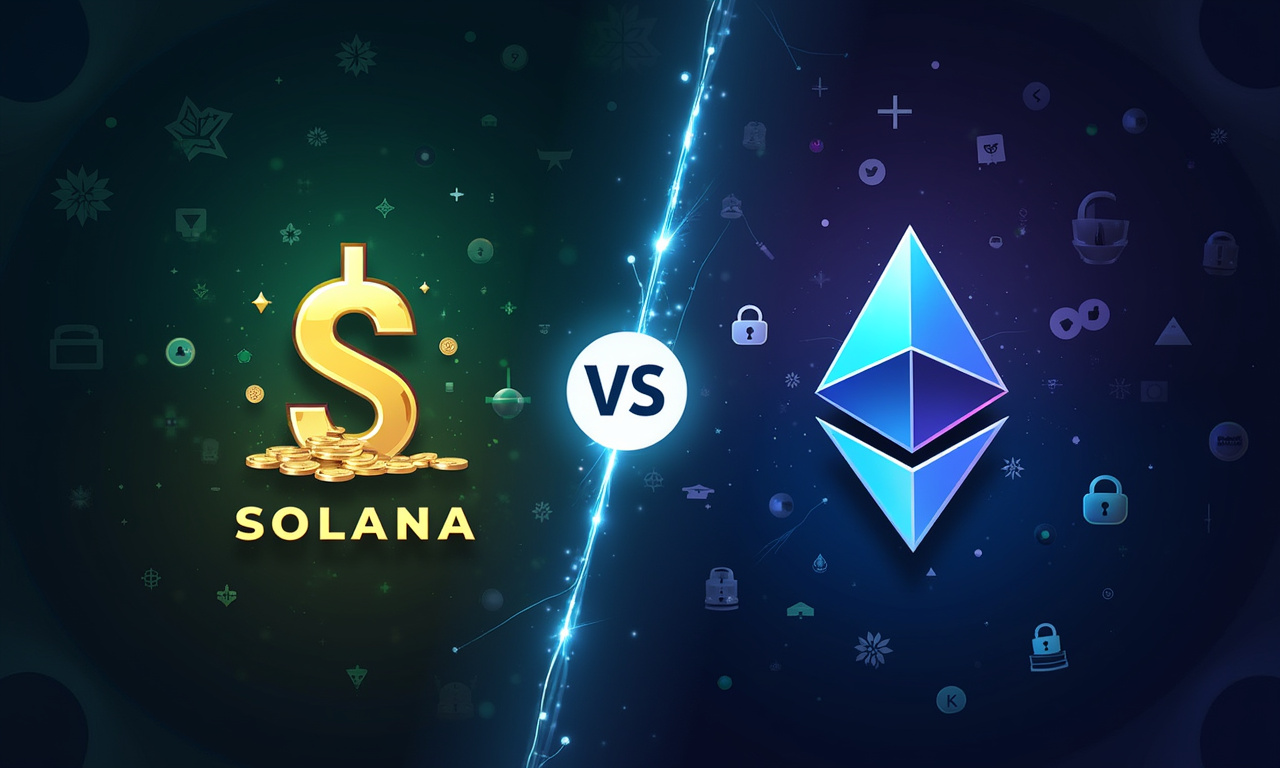
The promise of passive income can be hard to resist, particularly in the crypto space. Staking, where you commit your crypto to support the operations of a blockchain and, in return, receive rewards, is one such example. The idea of a Staking ETF? All at once, this valuable but complicated money-making strategy becomes available to the average person — including your grandma. The SEC’s decision to pump the brakes may not be right. If they are, then why is it not actually protecting us? Or are they killing innovation and letting Wall Street come in and faculty their way into dominating yet another new market?
Protecting Retail Or Stifling Innovation?
To be fair, let’s all remember that the SEC’s primary job is to protect investors. And crypto, with its volatile market and confusing terminology, seems a bit like the Wild West. Risks associated with staking Staking may appear to be simple and easy but it does come with its unique risks. Targeted penalty slashing is a real danger. Penalty slashing is a key threat. If the validator you choose to delegate to makes an error, you risk losing a portion of your staked crypto. Because most protocols require several weeks of unstaking periods, your assets are stuck, and you cannot respond to shifts in the market. And then there’s the risk of hacks and exploits which are, sadly, rampant in the crypto space. Think back to that recent [insert recent crypto hack and/or fraud example]. These are not purely hypothetical dangers; they are tangible occurrences in today’s market that have the power to decimate investors’ positions.
Investing always carries risk. Are we, as parents, so incompetent that we can’t discern these risks ourselves and choose what’s best for our families? Or perhaps the SEC thinks we need to be spoon-fed all the time.
The SEC’s reluctance is similar to a parent preventing their kid from taking their first bike ride. Once inside, they are understandably concerned that the child will drop. Yes, falling hurts. That’s how you learn to ride. By now delaying or blocking these staking ETFs, the SEC is protecting investors from risk investors themselves have vocalized concern over. This equally constrains them from grabbing opportunities in an extremely profitable, emerging market. Who benefits from this? Of course the big boys on Wall Street are already set up to benefit from the crypto wave. They’re preparing to compete with their own staking products, which will probably be at a higher cost.
Is Staking Really A Security?
This is the million-dollar question, isn't it? The SEC’s first strike against a staking-as-a-service provider – the enforcement action against Kraken – reverberated across the industry. It suggested that staking, at least as the SEC views it, could be the basis for an offering of unregistered securities. That stance seems to be softening. The recent statement that most staked cryptos and staking services are not securities is a major shift, opening the door for potential returns on crypto holdings for U.S. investors.
Their resistance to approving staking ETFs adds another fly in the ointment. Would they prefer an understanding of the inherent risks of staking? Or do they remain confused about the legal classification of these assets and where they are allowed to operate? The uncertainty is maddening, to put it mildly. It’s the equivalent of walking through a labyrinth with a blindfold on.
Staking, at its core, is essential to the functionality of many blockchain networks. And no, this isn’t some frivolous add-on feature—it’s central to the functionality of these systems. By stifling staking ETFs, the SEC not only risks making these strategies less accessible. It’s akin to attempting to design a new car but banning the use of wheels.
The Path Forward: Balance and Transparency
So if the SEC doesn’t want to throw all caution to the wind, should it approve staking ETFs? Absolutely not. We encourage a careful approach, one that better protects investors, of course, but recognizes the need to innovate as well.
Finally, the SEC should acknowledge that crypto isn’t going anywhere. It’s not a trend, and it’s not going anywhere. Staking is a cornerstone of many blockchain networks. It provides investors with an opportunity to make healthy returns. By taking a balanced and more transparent approach, the SEC can fulfill its mission of protecting investors while enabling the potential of the crypto ecosystem. An overcooked regulatory reaction risks freezing meaningful innovation and driving crypto activity into jurisdictions with less engagement and oversight from authorities. This would severely handicap U.S. investors. And that, my friends, would be a tragedy of epic proportions.
- Stricter Standards for Staking Providers: The SEC should establish clear and comprehensive regulatory standards for companies offering staking services. This would include requirements for security audits, insurance coverage, and transparent disclosure of risks.
- Phased Approach to ETF Approval: Start by approving staking ETFs that utilize more secure and decentralized staking methods. This would allow the SEC to monitor the performance of these products and gather data on their impact on the market.
- Increased Transparency in Staking Protocols: The SEC should work with the crypto industry to promote greater transparency in staking protocols. This would make it easier for investors to understand the risks involved and make informed decisions.
Are we going to allow fear to be the ultimate victor, or reject that fear and welcome the future with a hopeful, but watchful, spirit? Your call, SEC.
Are we going to let fear win, or embrace the future with open, but cautious, arms? Your call, SEC.

Tran Quoc Duy
Blockchain Editor
Tran Quoc Duy offers centrist, well-grounded blockchain analysis, focusing on practical risks and utility in cryptocurrency domains. His analytical depth and subtle humor bring a thoughtful, measured voice to staking and mining topics. In his spare time, he enjoys landscape painting and classic science fiction novels.








